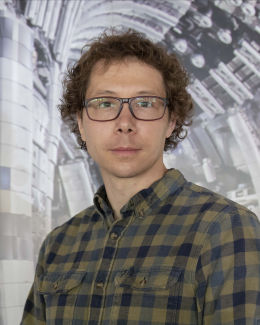Abstract
2021 has culminated with the completion of the JET-ILW DTE2 experimental campaign. This contribution summarizes Ion Cyclotron Resonance Heating (ICRH) operations from system and physics point of view. Improvements to the (ICRH) system, to operation procedures and to real time RF power control were implemented to address specific constraints from tritium and deuterium-tritium operations and increase the system reliability and power availability during D-T pulses. ICRH was operated without the ITER-Like Antenna (ILA) because water leaked from an in-vessel capacitor into the vessel on day-2 of the D-T campaign. Three weeks were required to identify and isolate the leak and resume plasma operations. Dedicated RF-Plasma Wall Interaction (PWI) experiments were conducted; tritium plasmas exhibit a higher level of Be sputtering on the outer wall and impurity content when compared to deuterium or hydrogen plasmas. The JET-DTE2 campaigns provided the opportunity to characterize ICRH schemes foreseen for the ITER operation, in the ITER like wall environment in ELMy H-mode scenarios aiming at maximizing fusion performance. The second harmonic tritium resonance heating and to a lesser extent minority 3He heating (ITER D-T ICRH reference schemes) lead to improved ion temperature and fusion performance when compared to hydrogen minority ICRH. However, these discharges suffered from a lack of stationarity and gradual impurity accumulation potentially because of a deficit of ICRH power when using JET antennas at lower frequencies. Fundamental deuterium ICRH was used in tritium-rich plasmas and with deuterium Neutral Beam Heating; this ICRH scheme proved to be very efficient boosting ion temperature and fusion performance in these plasmas.




